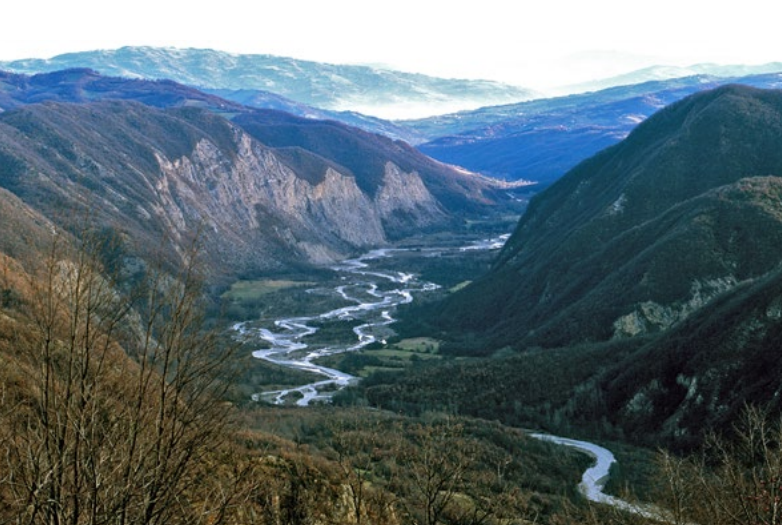Justification for inscription
The Evaporitic Karst and Caves of the Northern Apennines represent a natural system of a unique record of evaporitic karst phenomena
The Evaporitic Karst and Caves of the Northern Apennines represent a natural system of a unique record of evaporitic karst phenomena. The proposal for inscription is under criterion (viii) :
“be outstanding examples representing major stages of earth’s history, including the record of life, significant on-going geological processes in the development of landforms, or significant geomorphic or physiographic features.”
The proposal for inscription derives from the presence in the area of a unique record of evaporitic karst phenomena. The nominated property hosts a density of superficial karst forms, caves, salt springs, minerals, speleothems, and palaeontological contents that has no equal in the world, thanks to its peculiar geological and climatic context.
For this reason, the phenomena have been studied here since 16th century and this has been the place where many of modern scientific theories about evaporitic karst are born.
The nominated property, in fact, is the unique result of the deposition of gypsum-halite salts during two of the most impressive geological events of the Earth history: the break-up of the supercontinent Pangea about 200 million years ago and the ecological catastrophe that struck the Mediterranean Sea about 6 million years ago known as “Mediterranean Salinity Crisis”. In the Northern Apennines the two evaporitic deposits crop out close to each other in a narrow area due to the Apennine orogenesis.
The exposure of the rocks, squeezed and tilted by the collision of Africa and Europe continents during the late Cenozoic allowed for a complex interaction with surface and subterranean waters, in a climatic regime classified as sub-tropical humid (according to Köppen–Geiger climate classification system). In the Northern Apennines area the peculiar emplacement of the rocks and the alternations of glacial and interglacial phases created the conditions for unique multi-phase karst features.

Meanderings of the Secchia stream through the outcrops of the Triassic Gypsum, Upper Secchia Valley (viewed from M. Duro) © S. Sturloni